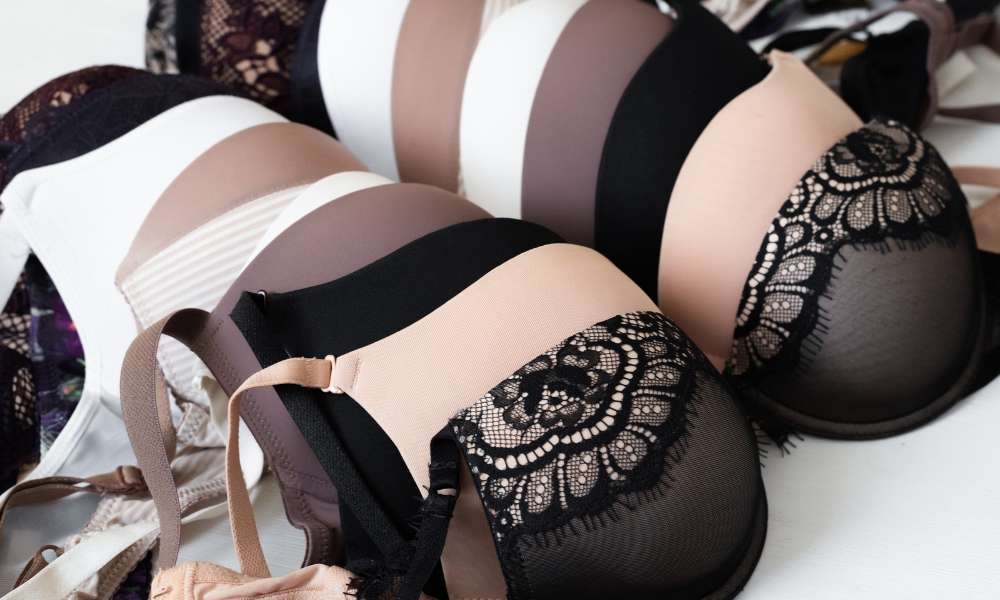Reading Labels: Interpreting Fit, Compression, and Materials
Understanding what a shapewear label communicates can help you choose garments that balance fit, comfort, and performance. This article explains common terms, material cues, and practical tips for matching compression levels and fabrics to your needs, plus guidance on care, styling, and environmental considerations.

Reading labels on shapewear helps you match product features to your expectations for fit, comfort, and function. Labels summarize sizing, compression levels, fabric blends, and care instructions, but the language can be technical. This article breaks down common terms and indicators so you can judge whether a garment will support posture, remain breathable during wear, and align with sustainability preferences. Clear label reading reduces returns, improves comfort, and helps maintain garment performance over time.
Sizing: How to interpret shapewear fit?
Sizing on shapewear labels usually follows standard size ranges (S, M, L) or numeric charts tied to waist and hip measurements. Look for detailed size charts on product pages and compare your body measurements, not just clothing sizes. Many brands provide a hip and waist measurement chart; when in doubt, choose the size that aligns with your largest measurement to avoid excessive compression. Proper fit means the garment smooths without causing pinching, excessive rolling, or restricted breathing, and the label often lists intended coverage areas (waist, thigh, torso).
Compression: What do labels indicate?
Compression descriptions vary from light to firm and sometimes use mmHg or an internal scale. Light compression offers gentle smoothing for daily comfort, while firm compression provides stronger contouring and more noticeable shaping. Labels may state intended uses such as everyday wear, athletic support, or post-surgical recovery; each implies different compression targets. Pay attention to wording like “targeted compression” or “graduated compression” which indicate where pressure is concentrated. If specific medical compression values aren’t present, treat claims as general rather than clinical.
Fabrics and breathability: What to look for
Label fabric lists reveal how breathable and comfortable a piece will be. Common components include nylon, polyester, elastane (spandex), and cotton blends. High elastane content adds stretch and compression, while nylon and polyester provide structure and durability. Natural fibers like cotton improve moisture absorption; mesh panels and moisture-wicking treatments boost breathability. For warm climates or long wear, look for labels calling out moisture-wicking, ventilated panels, or blended fabrics intended for airflow to maintain comfort and reduce skin irritation.
Support and posture: Features to consider
Labels that highlight support or posture typically reference reinforced panels, boning, or a higher rise for lumbar coverage. Reinforced waistbands and targeted zones can help stabilize the torso and encourage a straighter posture when worn correctly. However, support features differ in intensity: some are designed to encourage subtle alignment during daily activities, while others provide firmer structural support for specific needs. Check the label for mentions of lumbar support, boning, or reinforced knitting patterns to understand intended posture effects.
Comfort, care, and sustainability
Comfort-related label notes often include seam type, waistband design, and recommended care. Flat seams and seamless construction reduce chafing, and a wide waistband can prevent rolling. Care instructions affect longevity: labels usually recommend hand wash or gentle cycles and line drying to preserve elasticity. Sustainability tags may list recycled fibers, low-impact dyes, or certifications like GRS or OEKO-TEX; these indicate steps toward environmental responsibility but vary by brand. Read care labels closely—proper maintenance preserves compression and fabric performance over time.
Styling with undergarments: pairing tips
Labels sometimes specify whether a piece is intended as shapewear-only or suitable to wear with other undergarments. If a label indicates low-profile seams or a thong-cut lining, the garment is meant to be discreet under dresses or slim-fit clothing. For layered outfits, choose pieces whose compression and coverage complement bras and underwear described on labels as compatible. Pay attention to panty lining style and leg openings to avoid visible lines; many labels will note if a product is seamless or has laser-cut edges for invisible styling.
This article is for informational purposes only and should not be considered medical advice. Please consult a qualified healthcare professional for personalized guidance and treatment.
Reading labels carefully gives you practical insight into how a shapewear piece will perform: whether it will be comfortable for long wear, breathable enough for your activities, supportive where you need it, and aligned with any sustainability goals. Labels won’t answer every question, but combined with accurate measurements and attention to fabric and care instructions, they make selecting effective, comfortable undergarments easier and more reliable.






